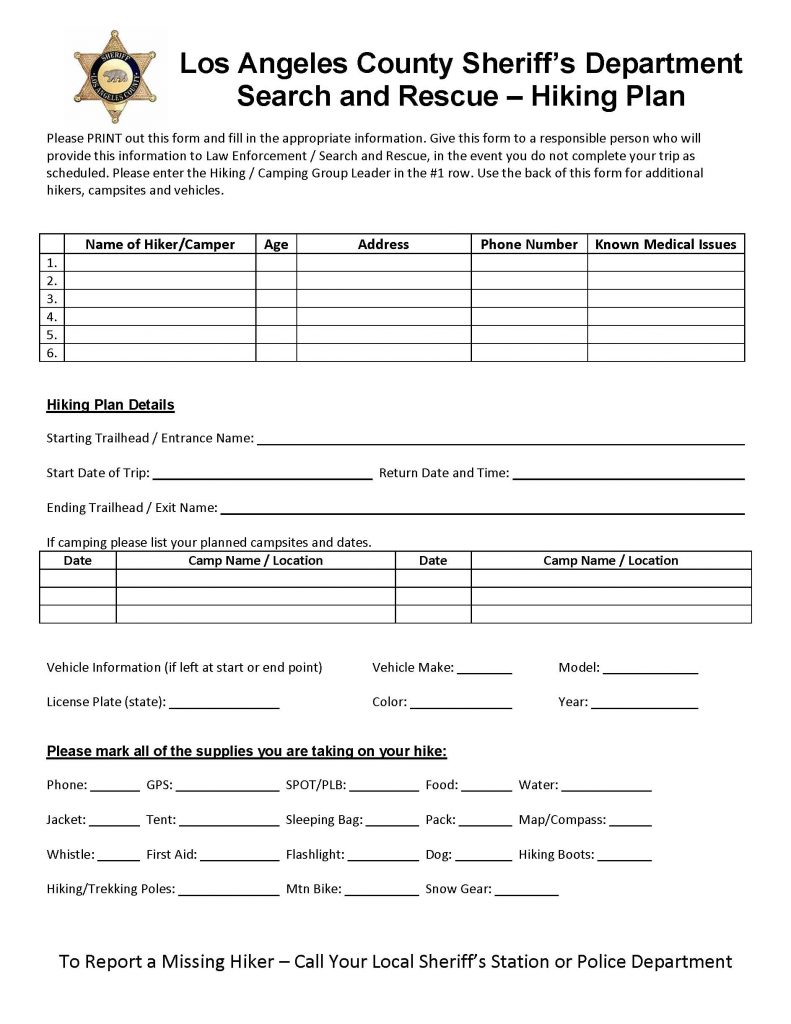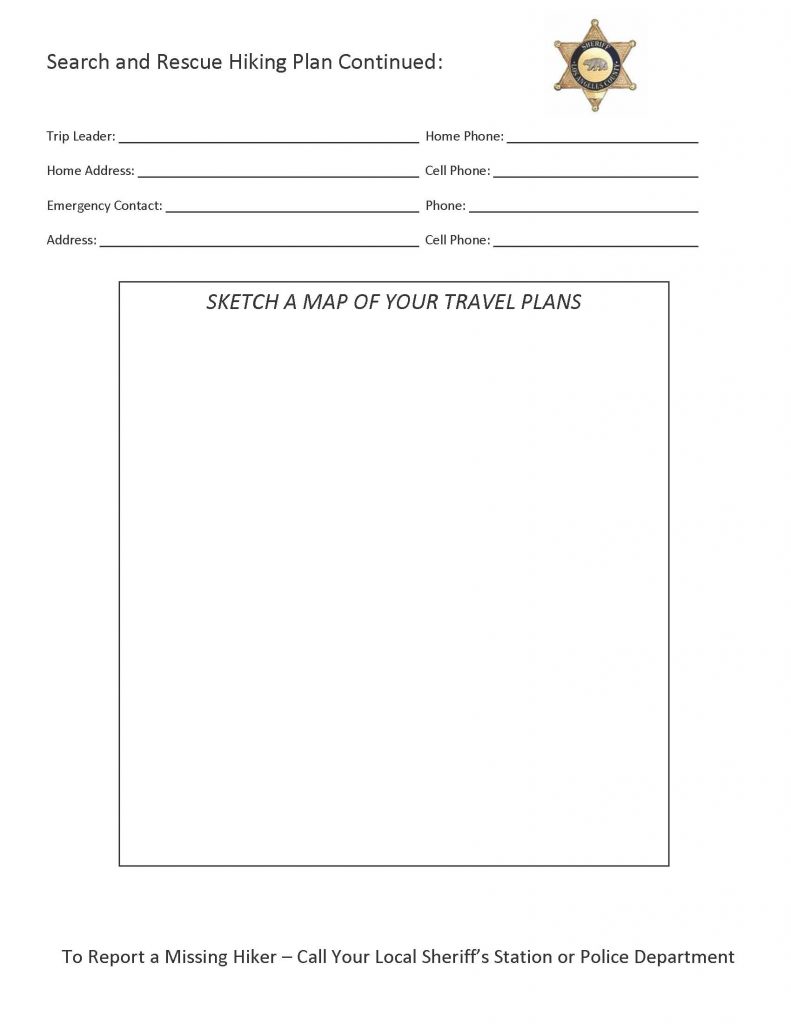By Mary O’KEEFE
On March 13, Los Angeles County Sheriff Dept. search and rescue teams and teams from throughout the state, including Montrose Search and Rescue, discovered the body of 37-year-old Narineh Avakian near the Mt. Waterman Trail in the Angeles National Forest (ANF). According to Los Angeles Country Coroner’s Office, Narineh died of hypothermia and “environmental exposure.”
Her family had reported her missing on March 8 after she did not return home from a one-day hike. Although the family said it was not uncommon for Narineh to hike, and lately hike alone, it did not know what trail she had taken. On March 11, her vehicle was found parked at the Buckhorn Day Use Area on the Angeles Crest in the ANF. Crews, including search and rescue teams from 17 counties, aided in the search. They continued their search in the area for two days; during this time about a foot of snow fell in the area.
The search continues for another woman in the ANF. Maria Loida Tice was last seen in the early afternoon on Feb. 13 at the Heaton Flat trail toward the summit of Iron Mountain. She had gone hiking for a day and had hiked the area in the past.
The death of Avakian and the unknown whereabouts of Tice are unfortunate reminders of how dangerous hiking can be even for the most experienced hikers. It is also a reminder of the cautions that can be taken by hikers as they head off into the forest.
Montrose Search and Rescue [MSR] continues to receive a high number of call-outs of people in distress; however, Sgt. John Gilbert, LASD/Crescenta Valley Station, said he does not think it will be a record-setting number as it was last year.
“It’s still too early to tell,” he added.
MSR is a volunteer service that is supported by the LASD. Team members come from all walks of life and go through continuous training in all types of terrain and conditions. Members regularly patrol the ANF and respond to emergencies, like vehicle accidents along the Crest, in addition to call-outs for missing hikers and hikers who need help.
During the pandemic there has been increased hiking in the ANF. Gilbert said there are some things that can be done to make hiking in the area, or anywhere, safer.
The first is not to hike alone.
“We know a lot of people enjoy hiking alone; they like the serenity,” Gilbert said.
He added there are issues though that can happen during a hike in which having another hiker would be helpful. For example, if one hiker is injured the other can get help.
“You are safer in a group or two or more,” he said.
However, a concern when hiking with others is that one person can get separated from others.
“There is a fear that at some point [a hiker] may become separated and may become disoriented due to weather or fatigue,” he said.
This can compromise decision-making abilities resulting with some hikers leaving the trail.
Searching for missing people is easier if it is known where they started their hike; even if they leave the trail at least rescuers will know where to begin. An LASD hiking plan is key in helping rescuers. The hiking plan can be filed with local law enforcement authorities or left with a family member.
“File a hiking plan with us or let a friend and family member know what trail you are hiking, and when you plan to finish. Include the clothing you are wearing and equipment you have,” he said.
Within the hiking plan the hiker can also include longitude and latitude, what specific trails the hiker is planning on taking and how much water and supplies the hiker has.
Gilbert also suggested that those who hike, and camp, invest in a spot device or some type of satellite device, like a Garmin inReach that, in addition to being a satellite communication device, also has an SOS trigger for those who find themselves in trouble.
Gilbert added that technology can help in many ways including cellphone applications that can guide hikers on trails. Some devices allow the hiker to text a message to a service explaining the nature of the emergency.
But being prepared for the unexpected, including weather changes, filling out a hiking plan and hiking with a friend or group, is still the best way to stay safe.
In addition to being prepared for themselves it is also important to be aware of other hikers nearby.
“You may be the best hiker around then stumble across someone on the trail who isn’t prepared and is in distress,” Gilbert said.
Being able to render aid to others, even if it is calling for help, is also an important part of hiking and being safe on the trail.


